Organ Pipe Cactus National Monument is in the Sonoran Desert and about 150 miles southwest of Tucson. It is in a very remote part of Arizona that borders Mexico along about 30 miles of its southern border. Part of the journey is through the Tohono o'Odham Nation. We saw these cute guys (burros) prior to reaching the park.
And then we drove through the town of Why, AZ. I just found the name interesting!!
It's about 20 miles to the Kris Eggle Visitor Center from the park entrance.
Kris Eggle Visitor Center is named for the Border Patrol officer who was killed in 2002 in the park by drug smugglers from Mexico. He died in the line of duty protecting our country's border and visitors to the park from illegal smuggling activities.
And here is a the park's namesake, the beautiful Organ Pipe Cactus!
It was named by early settlers for its resemblance to organ pipes. It is common in Mexico but can only be found in this geographic location of the U.S.
The Organ Pipe Cactus produces its first flowers at age 35. They blossom only at night and are pollinated by bats during that time. They can live to be about 150 years old and grow to about 15 feet. Its juicy fruit ripens in the summer and splits open enabling creatures of the desert to feast on the red pulpy flesh.
The Visitor Center has 8 interactive displays depicting the monument's natural history and the importance of the Tohono O'odham Native American culture,
There is also an auditorium where you can view a 15-minute video that provides interesting information about the biodiversity of the park and other interesting facts. We always take the time to see these well-done videos found in the visitor centers of national park service facilities. They consistently provide a snapshot into the essence of the park.
Organ Pipe Cactus National Monument protects 516 square miles of the Sonoran Desert and the diverse and endangered species there. Established in 1937 by President Franklin D. Roosevelt, it has also been recognized by the United Nations as a Biosphere Reserve. More than 95% of Organ Pipe Cactus in the United States can be found in the wilderness of this park.
Here a view from the short visitor center nature trail that has a lovely walkway constructed of red brick pavers and has interpretive signs.
A saguaro skeleton.
We proceeded to the Ajo Mountain Scenic Drive (directly across from the Visitor Center). This is a one-way, 21-mile, loop drive on unpaved roads with 18 scenic stops along the way. Be sure to pick up the Ajo Mountain Drive Guide in the Visitor Center that provides interesting information about the desert landscape and each of the designated stops.
This was our first stop and I loved the combination in this photo of the saguaro (spear). the organ pipe cactus, creosote bushes, and the various green vegetation on the hillside.
This hillside was covered in organ pipe cacti...wow!
The Ajo Mountains in the background are just beautiful throughout the scenic drive.
Sadie and I between to tall saguaro spears.
There were so many organ pipe cacti in this location! I saw them from the road and we walked through the desert to this location. They were just beautiful.
My handsome husband, John, and doggy, Sadie.
Loved these mountain views.
Clouds covering the mountain peaks.
Prickly pear.
Check out this abnormal growth on an arm growing out of the center of the organ pipe cactus. It is call a "crest" and can occur in almost all plant species, although the phenomenon is unexplained. Some scientists think it is genetics; some think it's due to frost; others think it's an imbalance in growth hormones. Here's the cactus.
Here's the crest.
Check out this rock formation at the Arch Canyon trailhead.
Another arch down the road a piece.
Estes Canyon (to the left) where the Tohono O'odham lived in the winter (likely hunting mammals at the higher elevations) where more water was available due to the snow and rain.
Bird nest in a palo verde tree (no eggs, though).
Thought these were pretty... Not too many blooms in the desert this time of year.
The Diaz Mountains (named for Captain Melchior Diaz, the leader of a group in the Coronado expedition of 1539-1542) can be seen in the background. He died in an accident but his explorations left a valuable legacy on the way of life in the area prior to European contact.
Check out this crazy looking chain-fruit cholla. We have seen many of these plants while we have been here in Tucson (they are everywhere in the Sonoran Desert), but nothing with this amount of fruit! The joints of the plant are designed to detach and latch onto any animal walking by. A new cholla can grow (if the conditions are favorable) from a piece of the plant that drops in the desert.
When I got back into the car, there about 6 joints from the cholla on my shoes and pants. I didn't even touch that darn plant! They just latch on somehow...some people call it the jumping cholla for that very reason.
Teddy Bear Pass. The abundance of teddy bear chollas in this area earned it the name. Do not be fooled, there is nothing cuddly about these plants!
We spent about 2.5 hours on the drive, stopping at most of the stops and exploring areas of the desert at many of them. Sadie, our doggy, had a fabulous time sniffing around the desert here (as she always does!)
Admission to the Organ Pipe Cactus National Monument is $7/vehicle for a 7-day pass. John's senior pass got us in for free. There are two campgrounds in the park including an RV park (no hook-ups, but water and dump station available). Although this place is pretty remote, it is well worth a visit. We really enjoyed our visit today.
Check out their website for more information prior to visiting: www.nps.gov/orpi
On our 3 hour drive home, we went through two Border Patrol checkpoints set up on Rte 86 east toward Tucson.
We just had to stop; they checked us out; and we were on our way. No hassle.
It was a great day! We had prepared dinner in the crockpot and packed a picnic lunch. We were tired after all of the driving when we got home, but we thoroughly enjoyed visiting this amazing national monument.
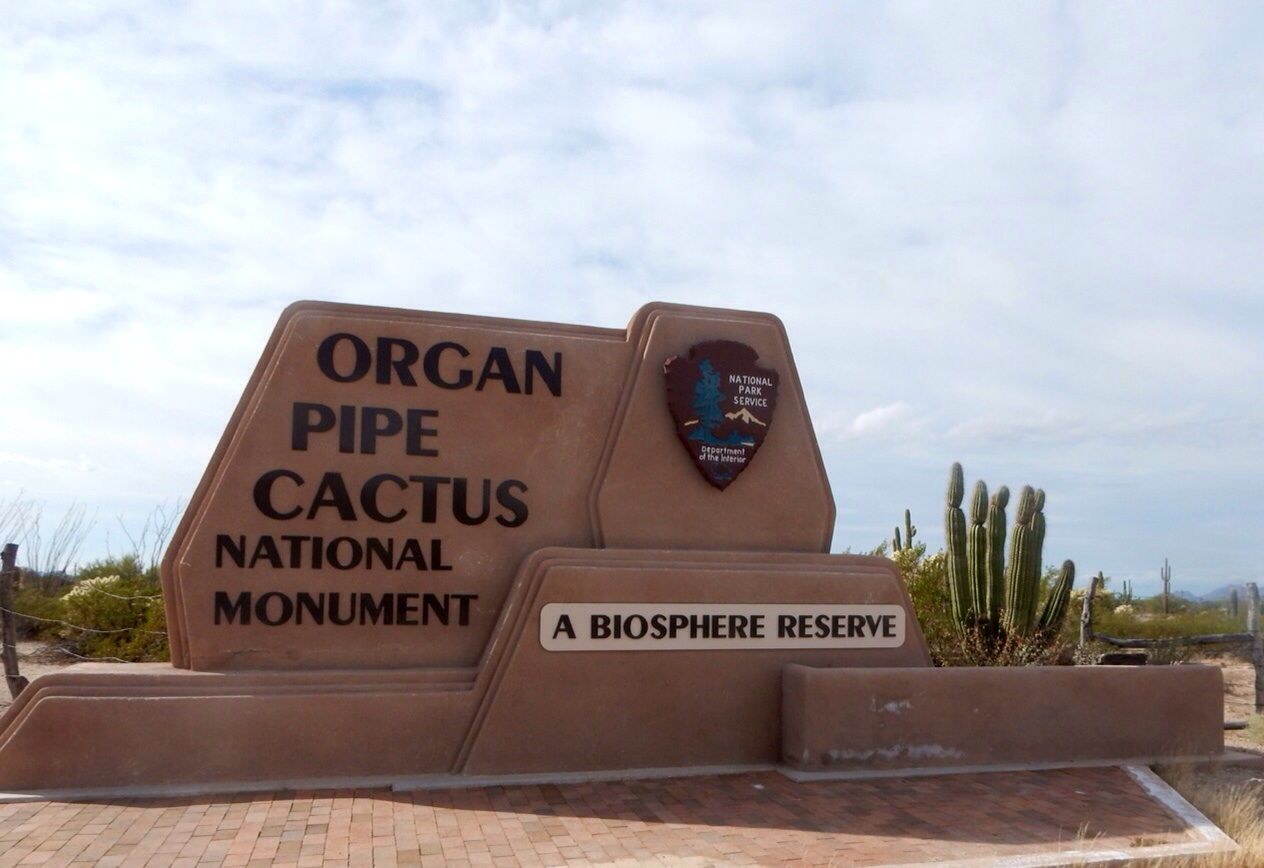

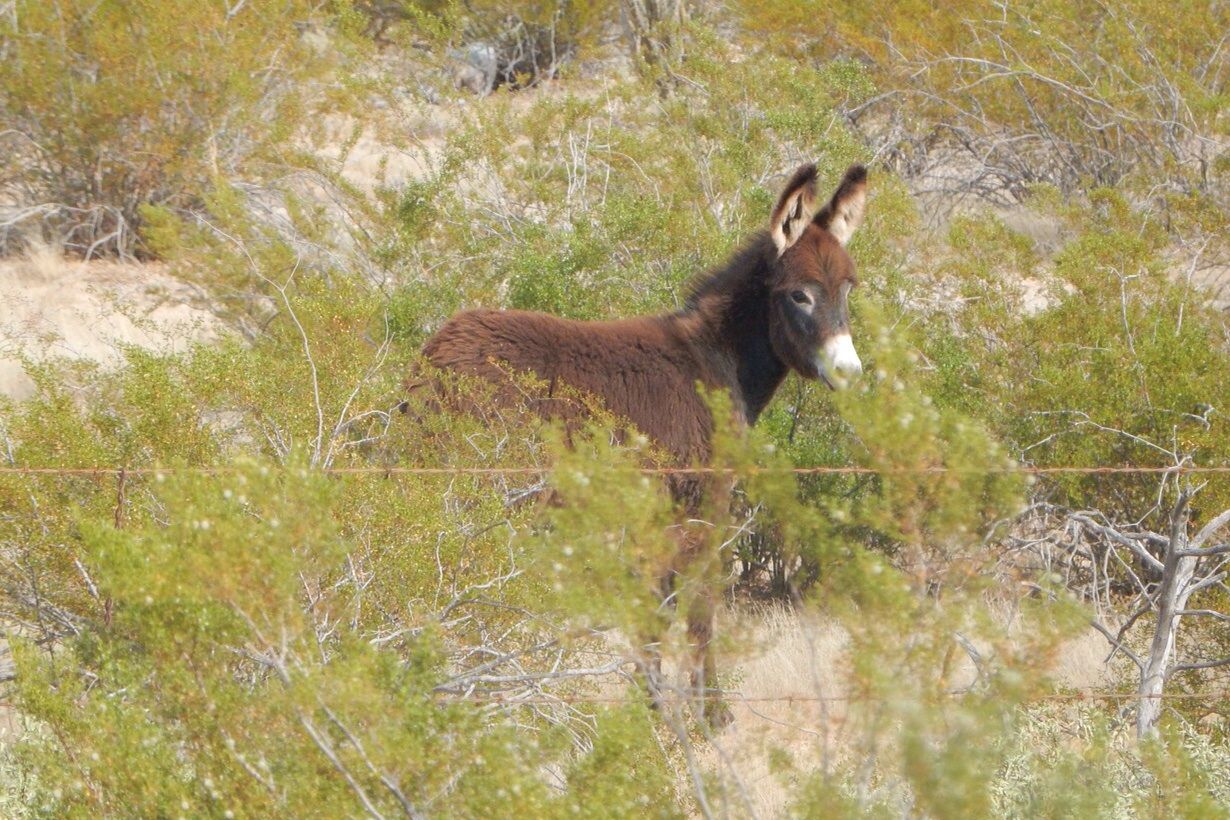
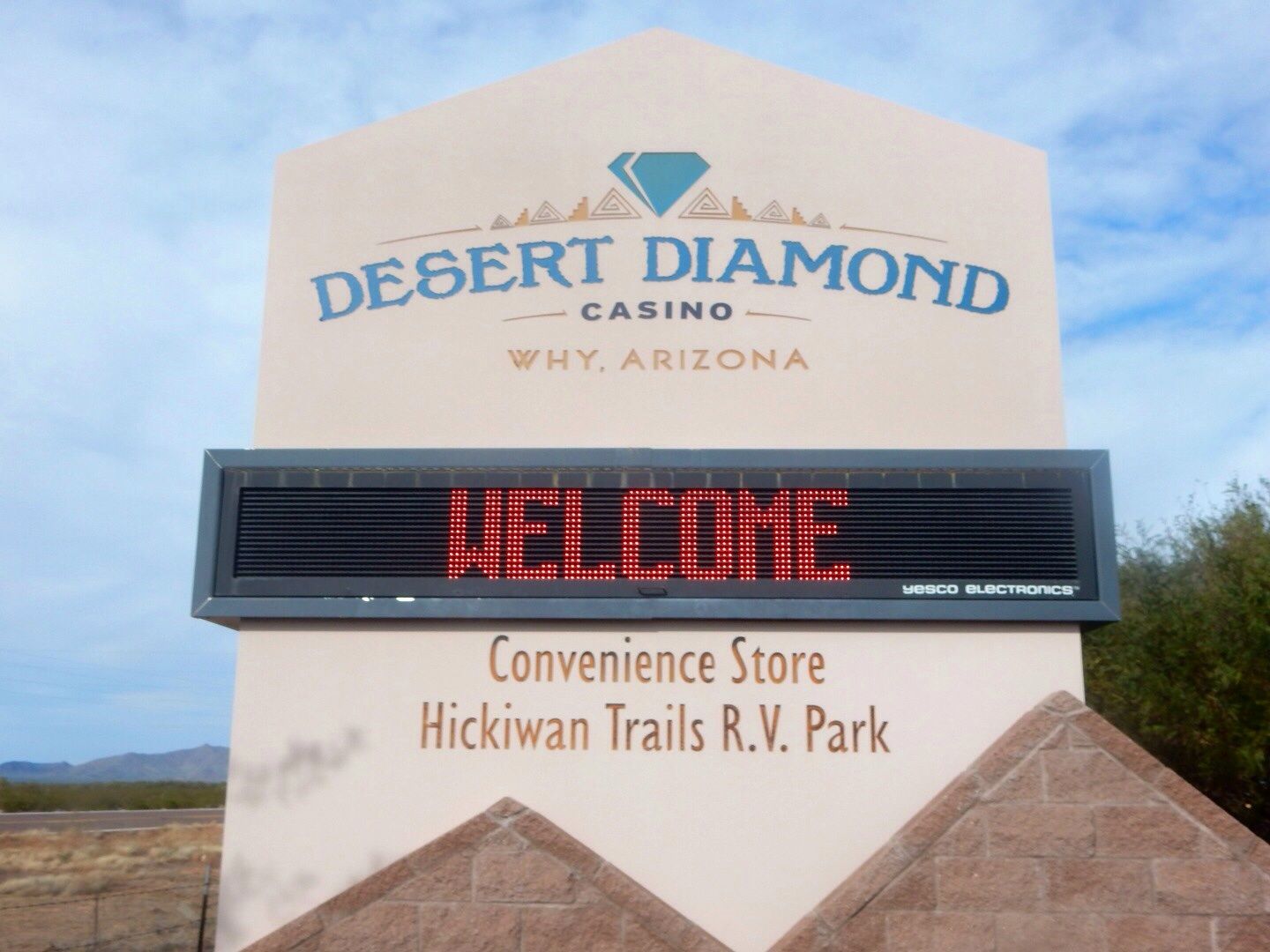
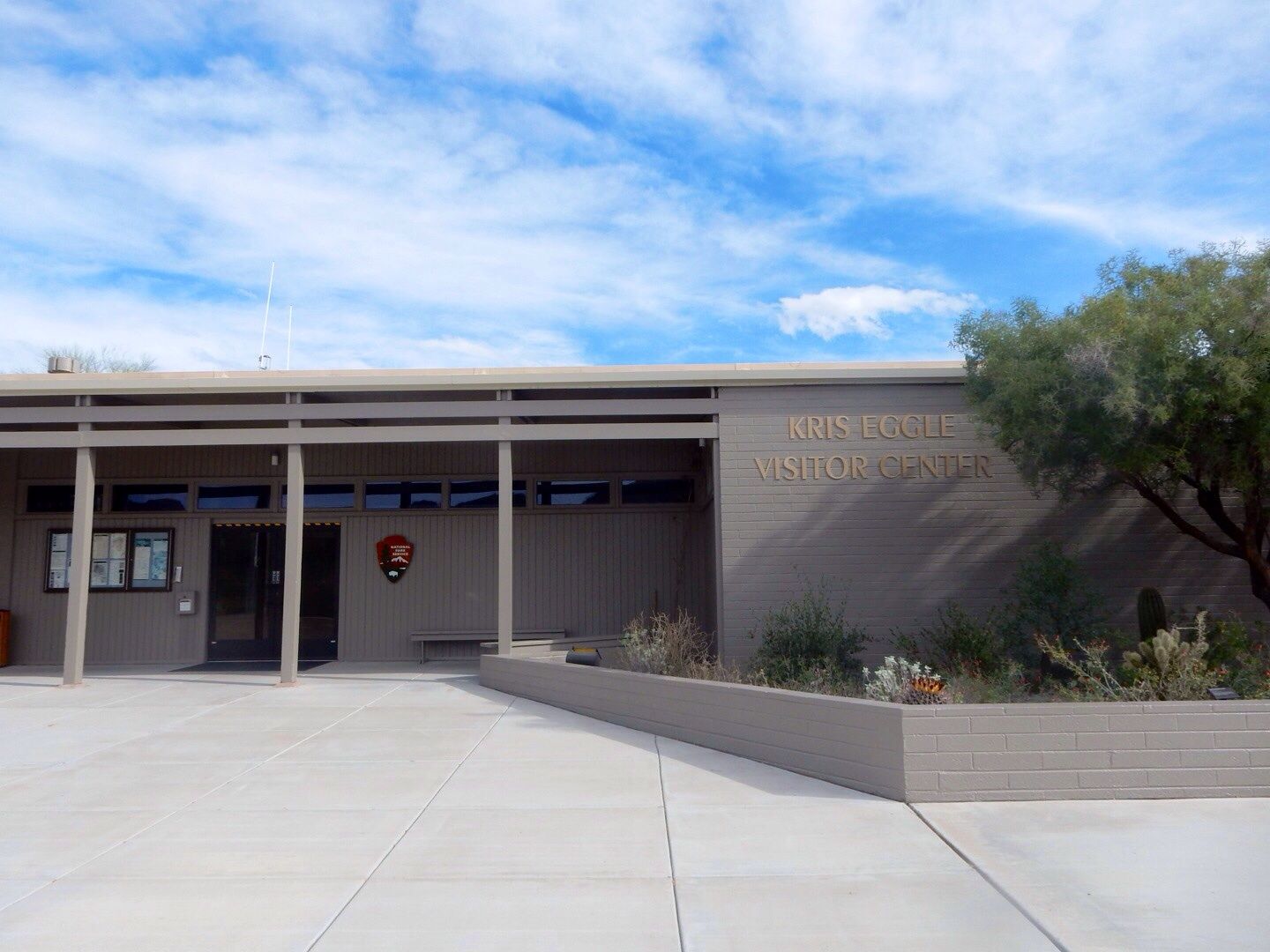
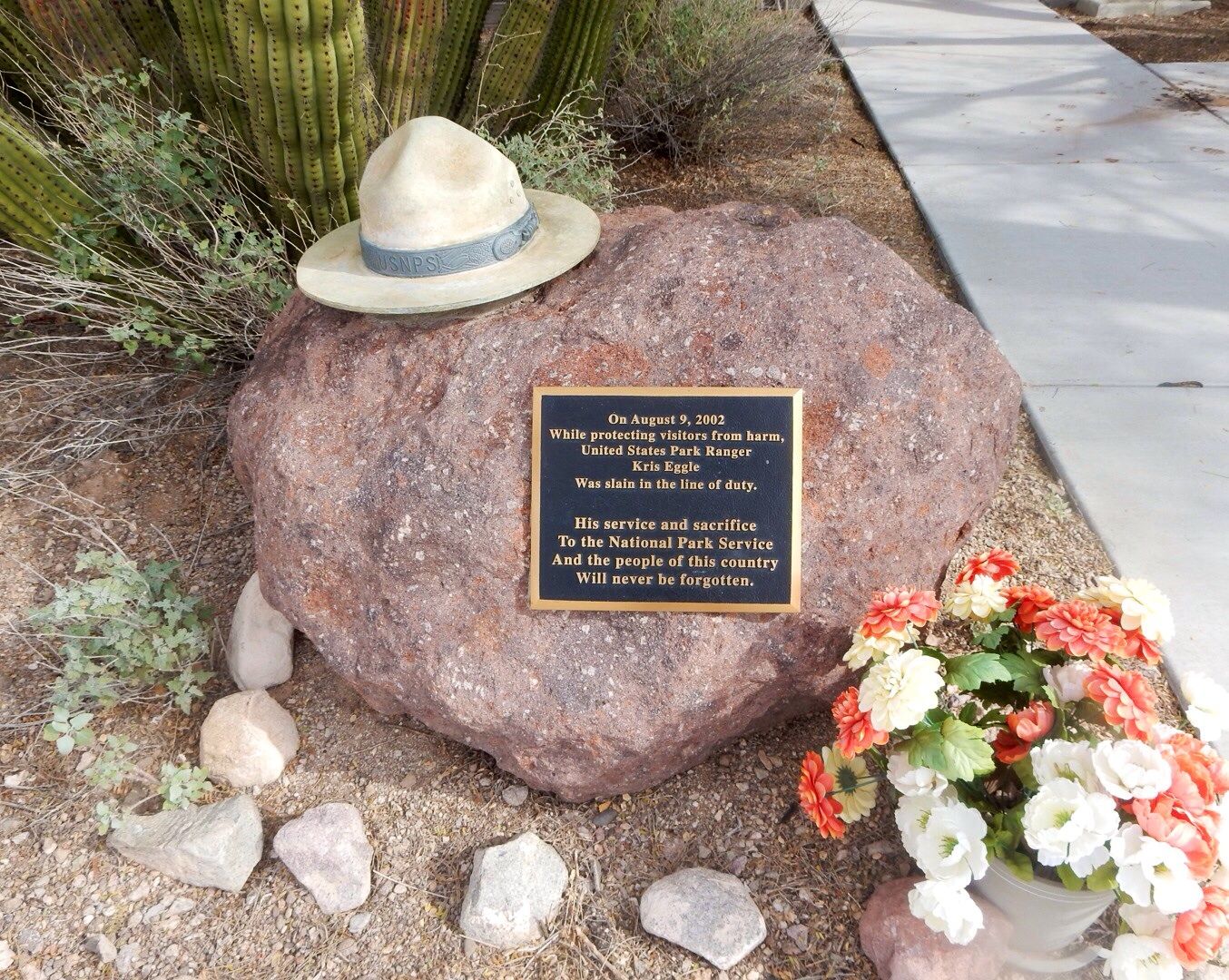
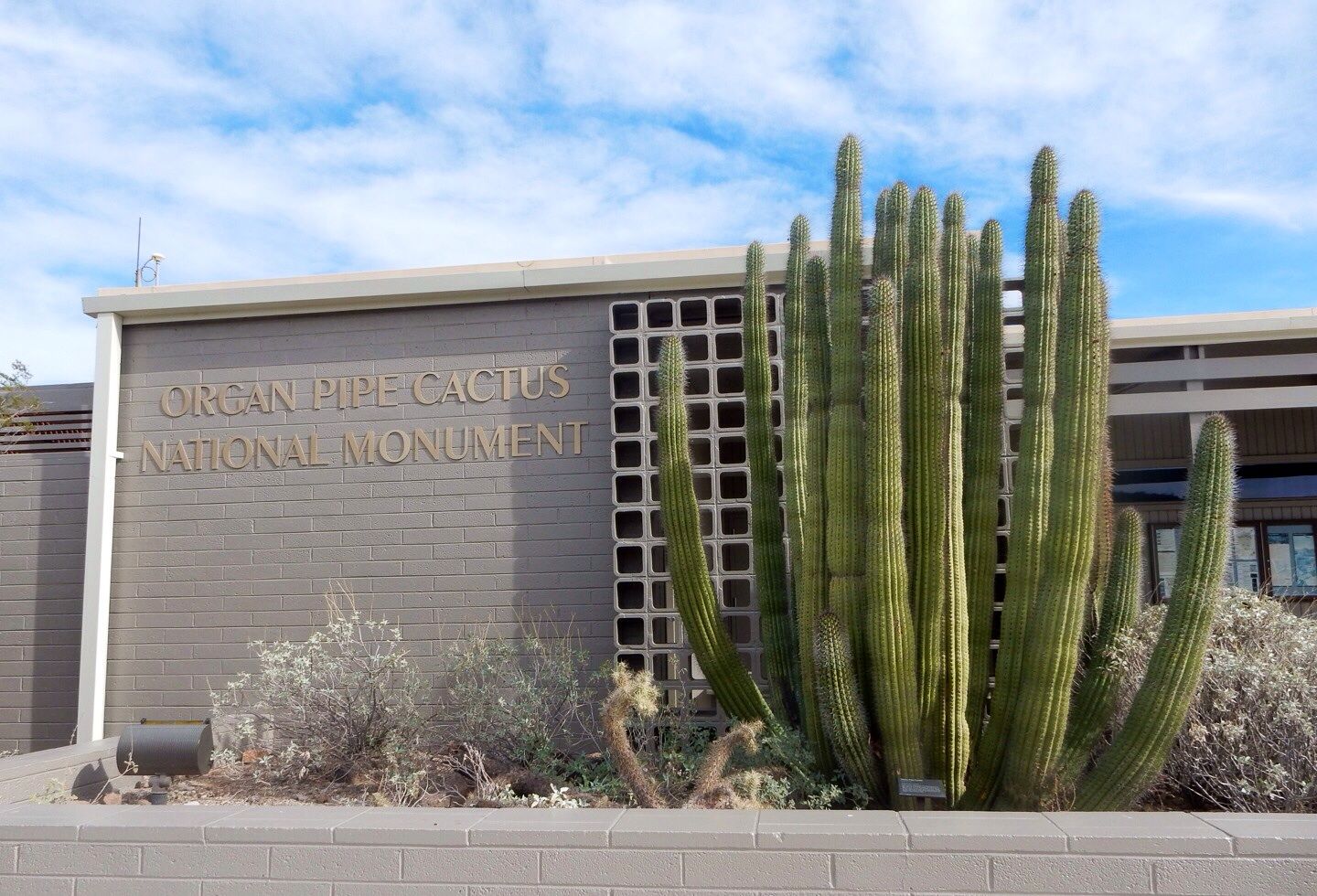
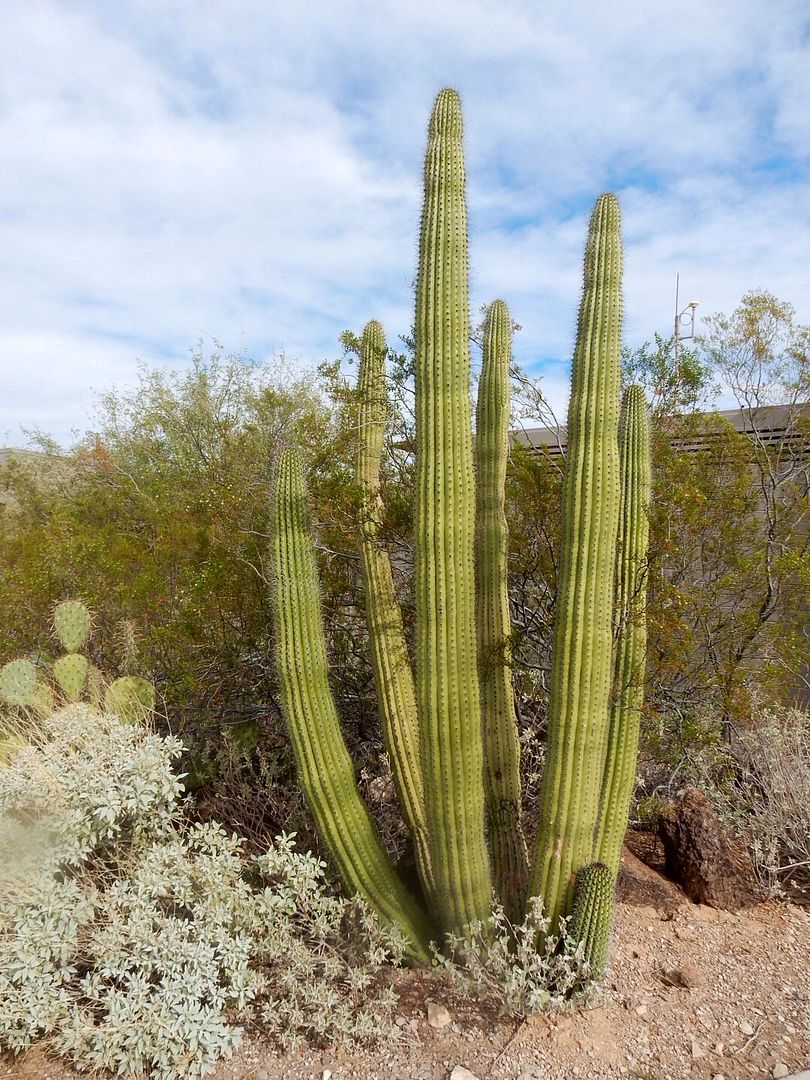
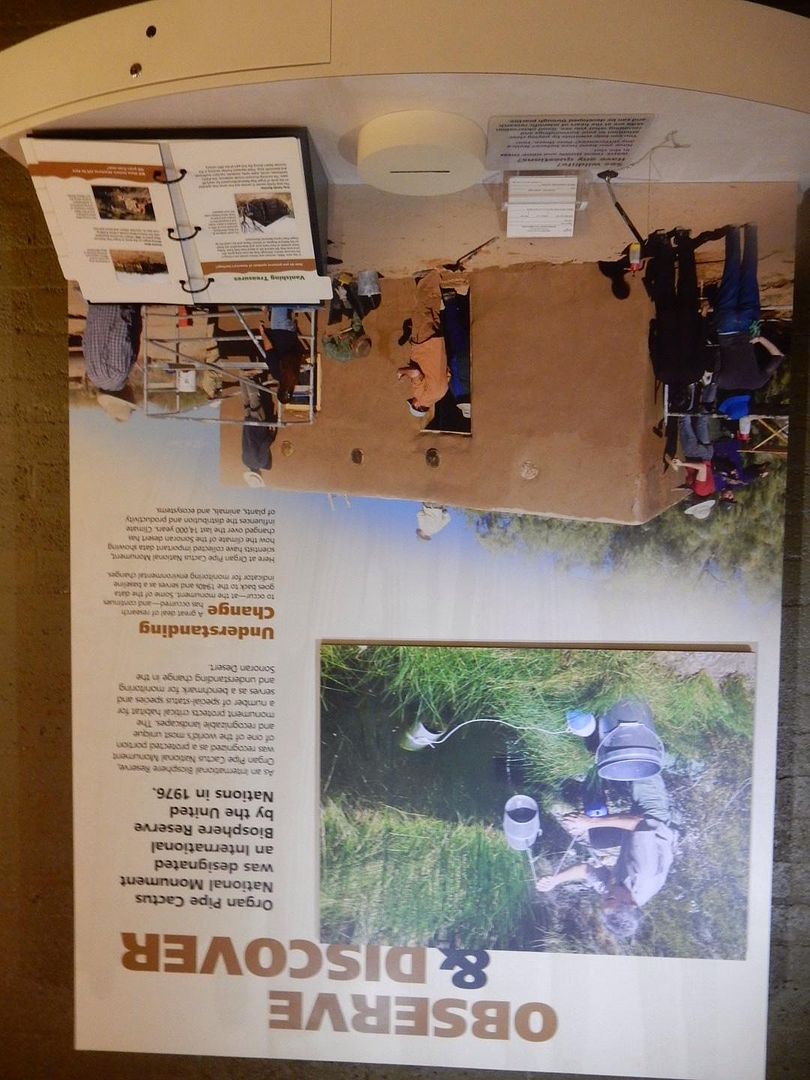
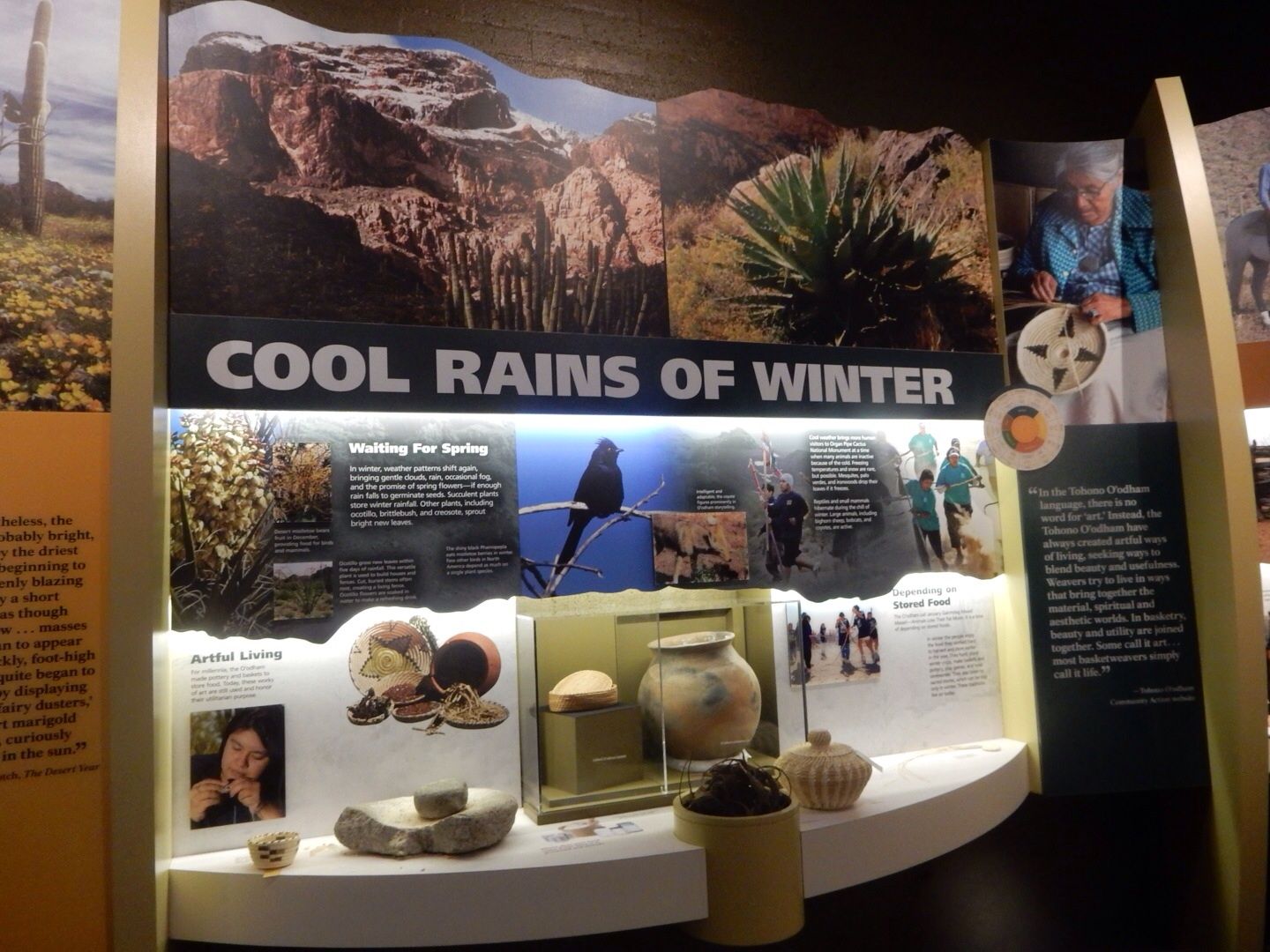
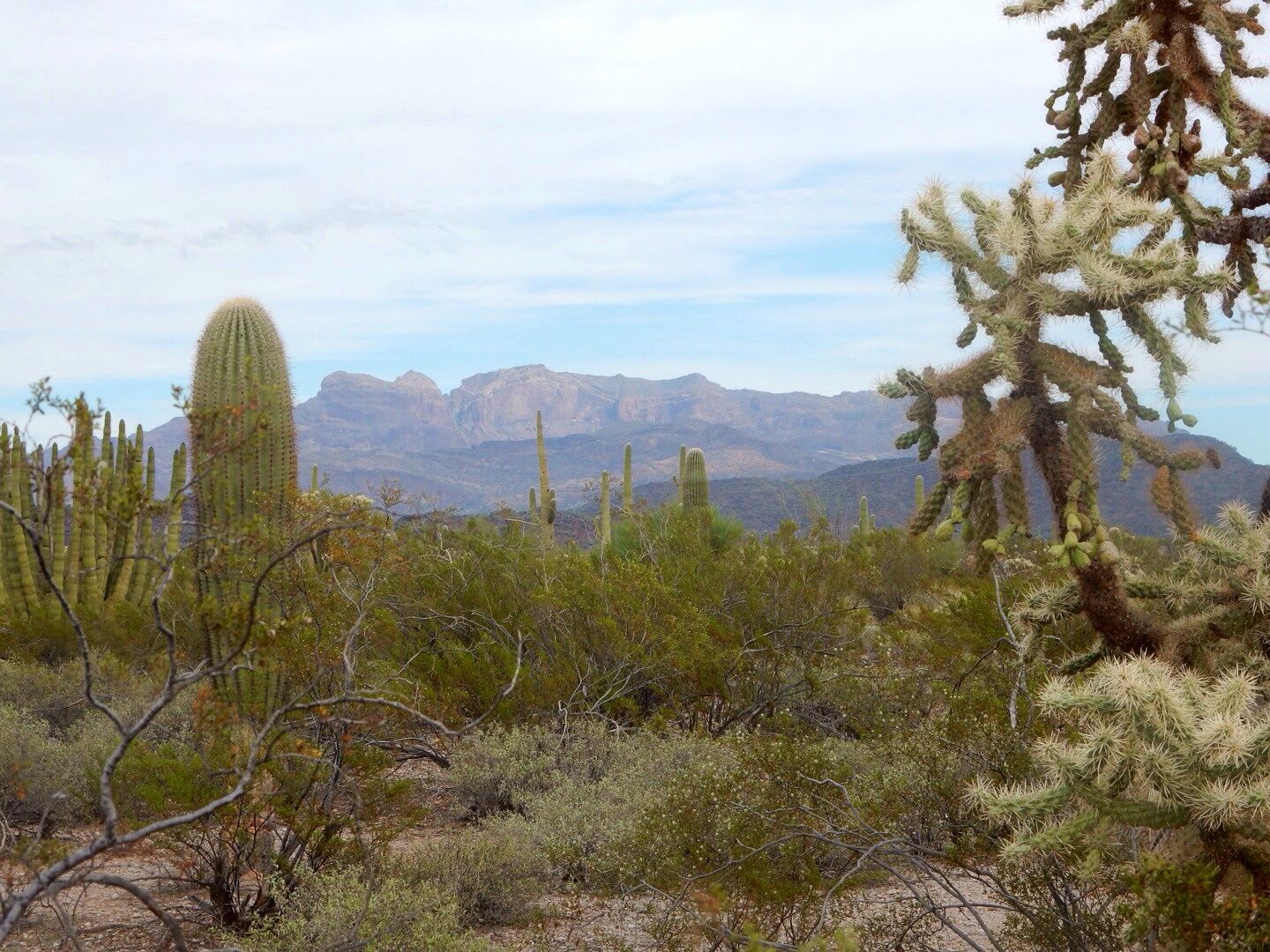
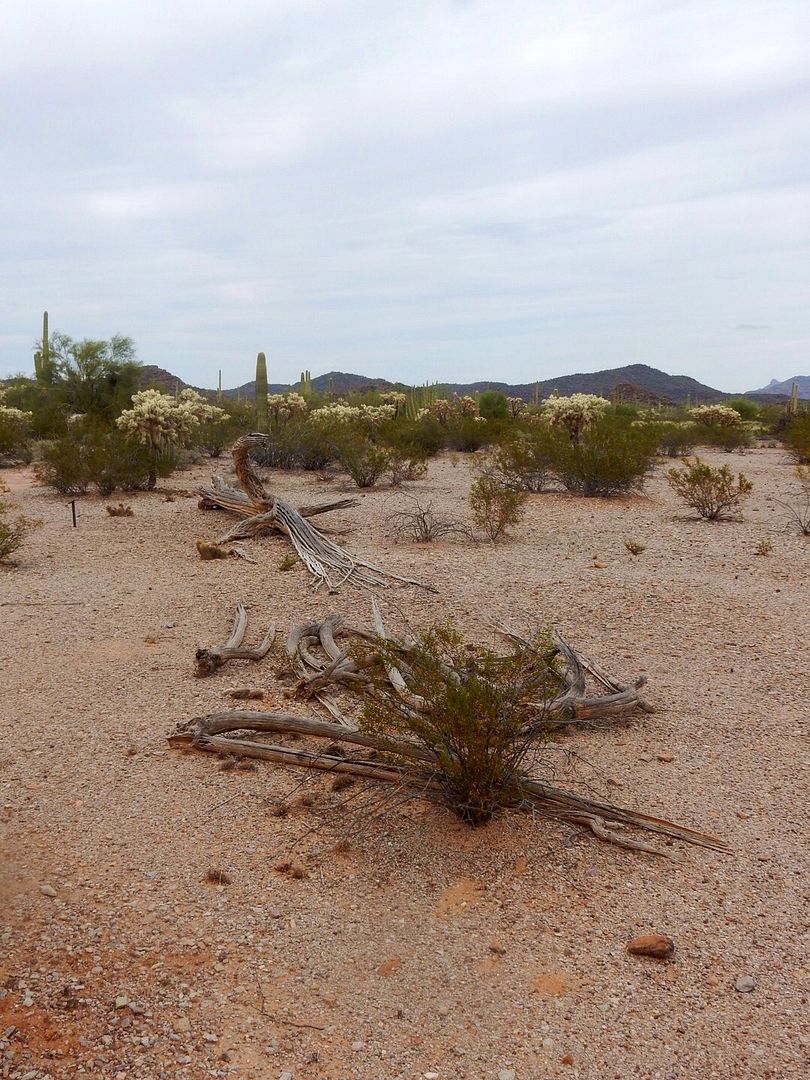
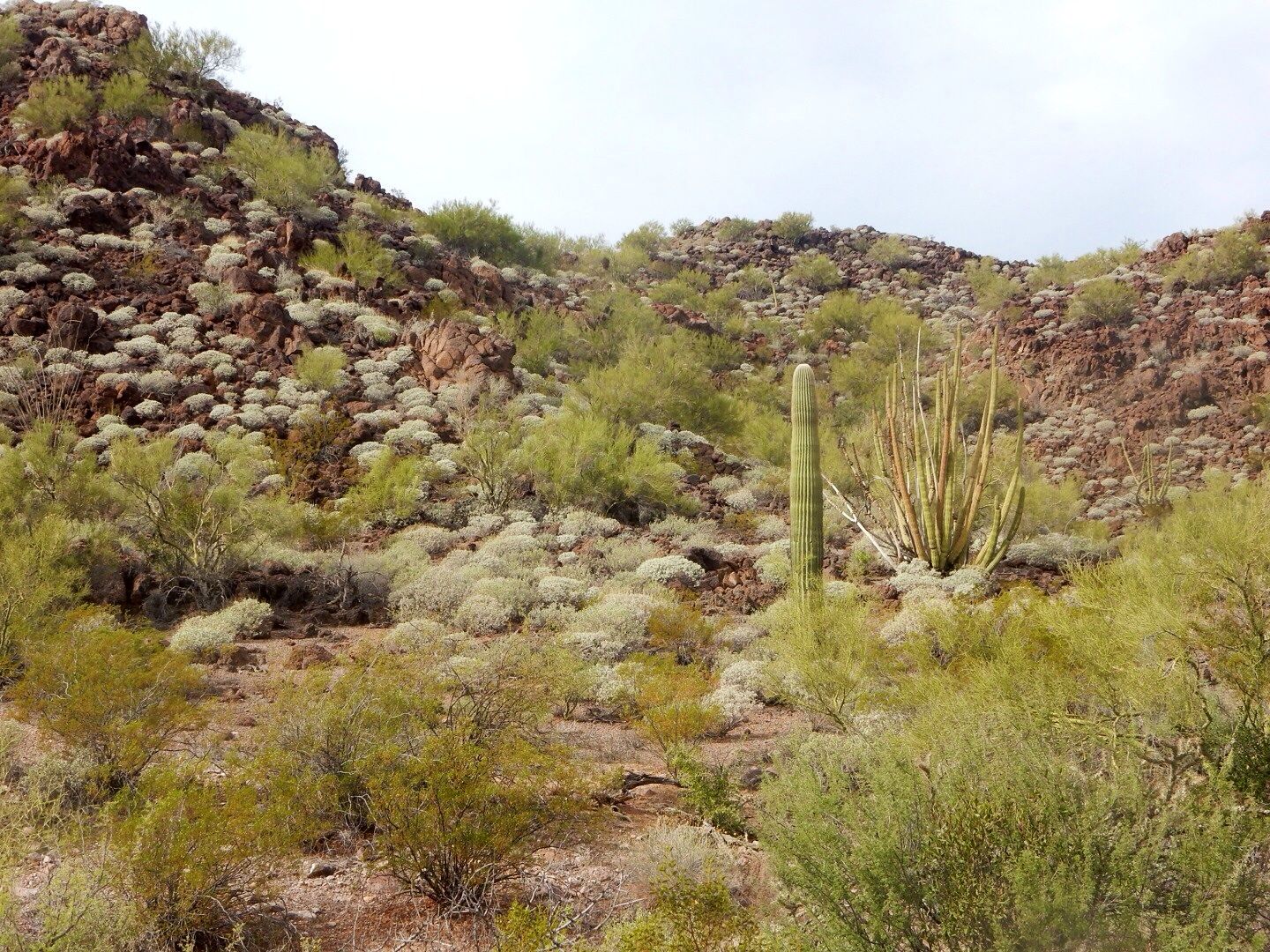

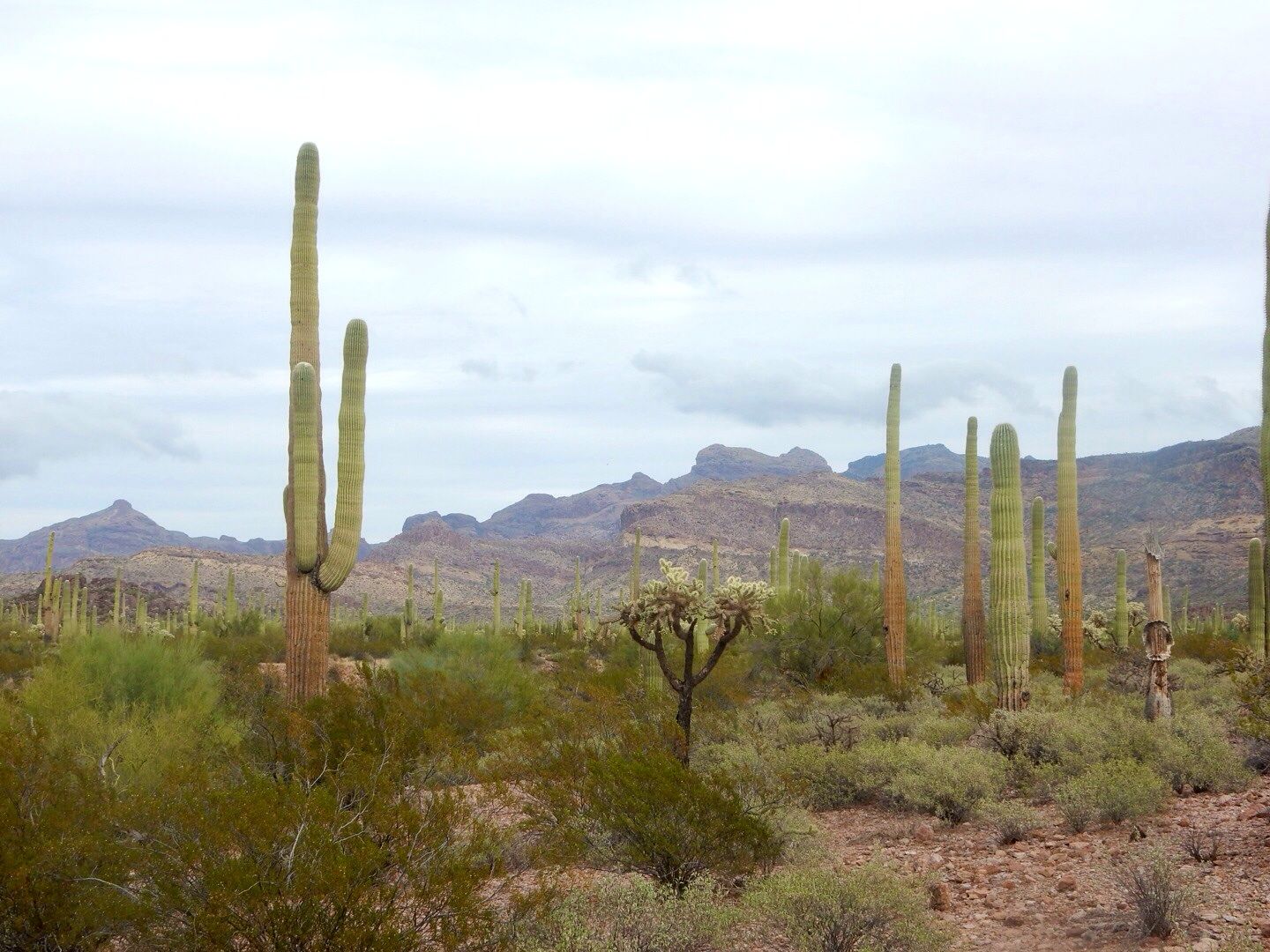
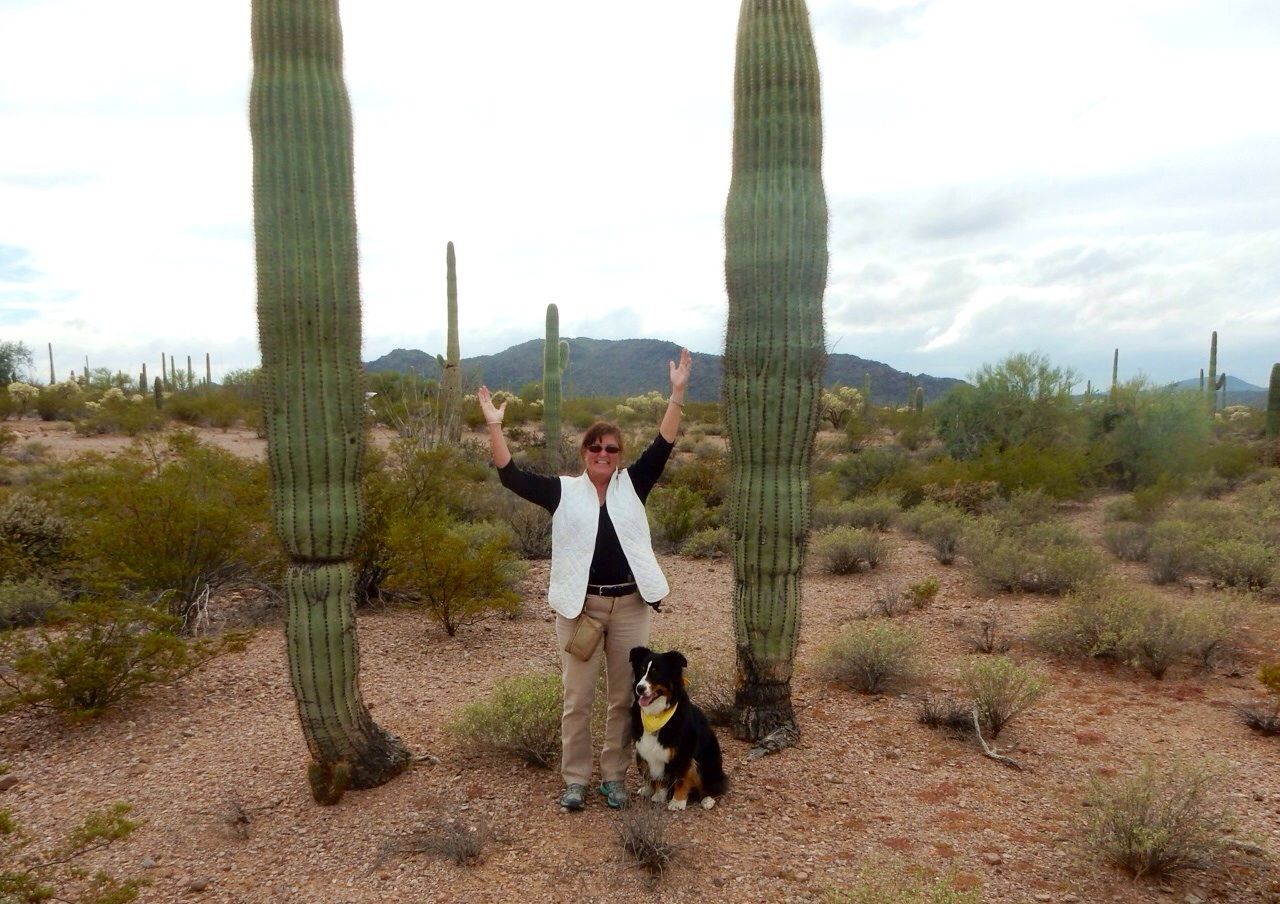

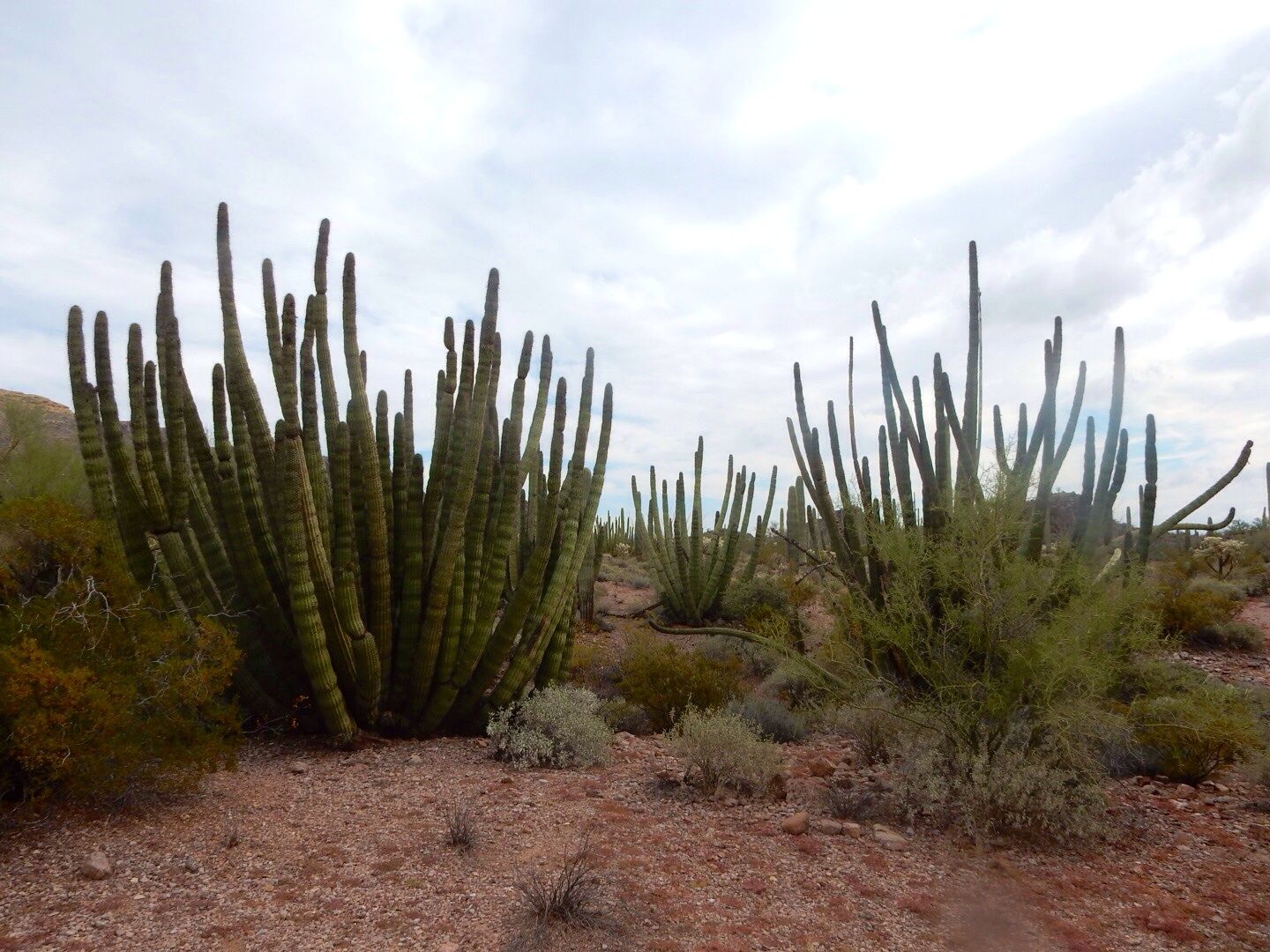
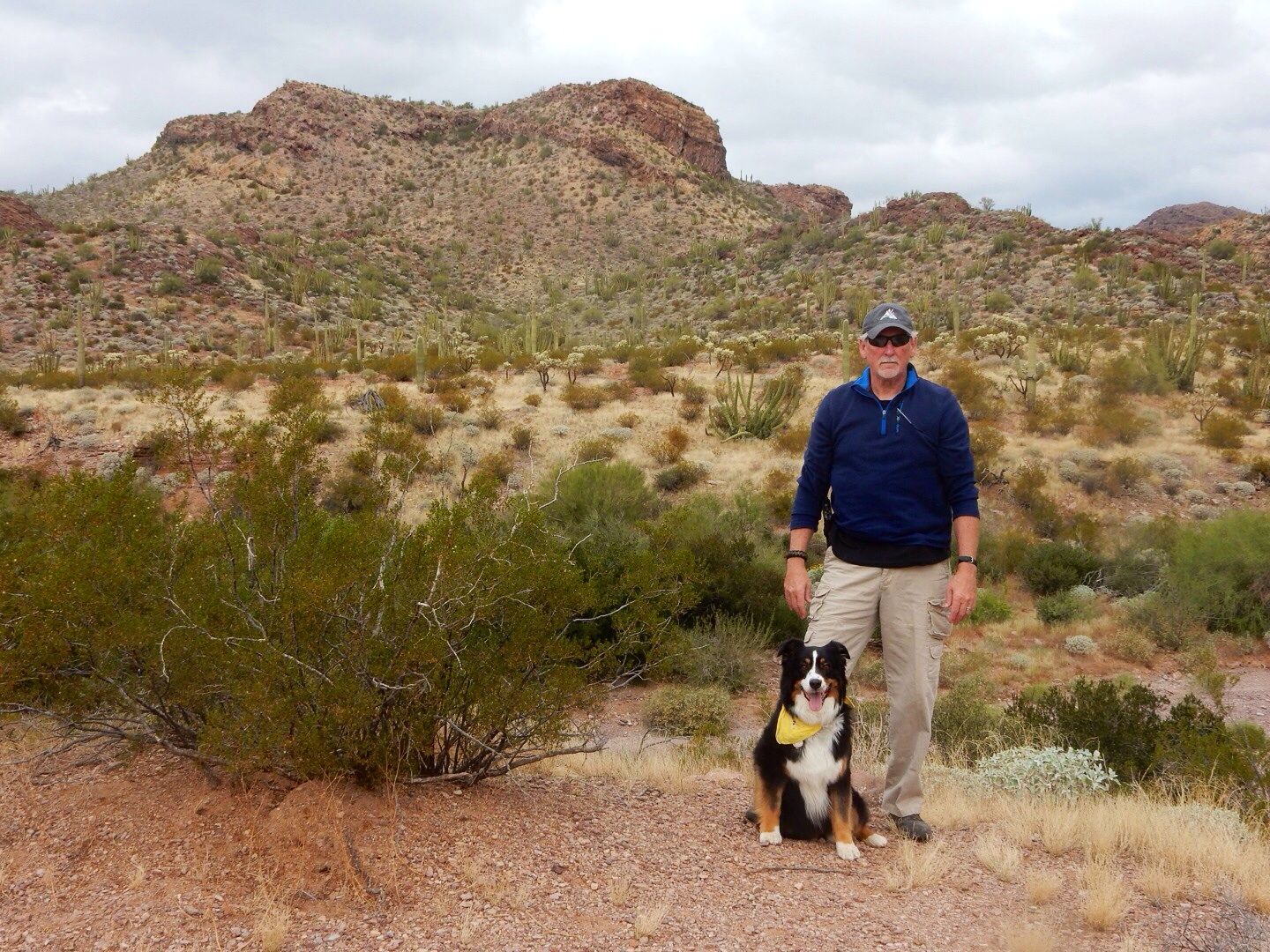
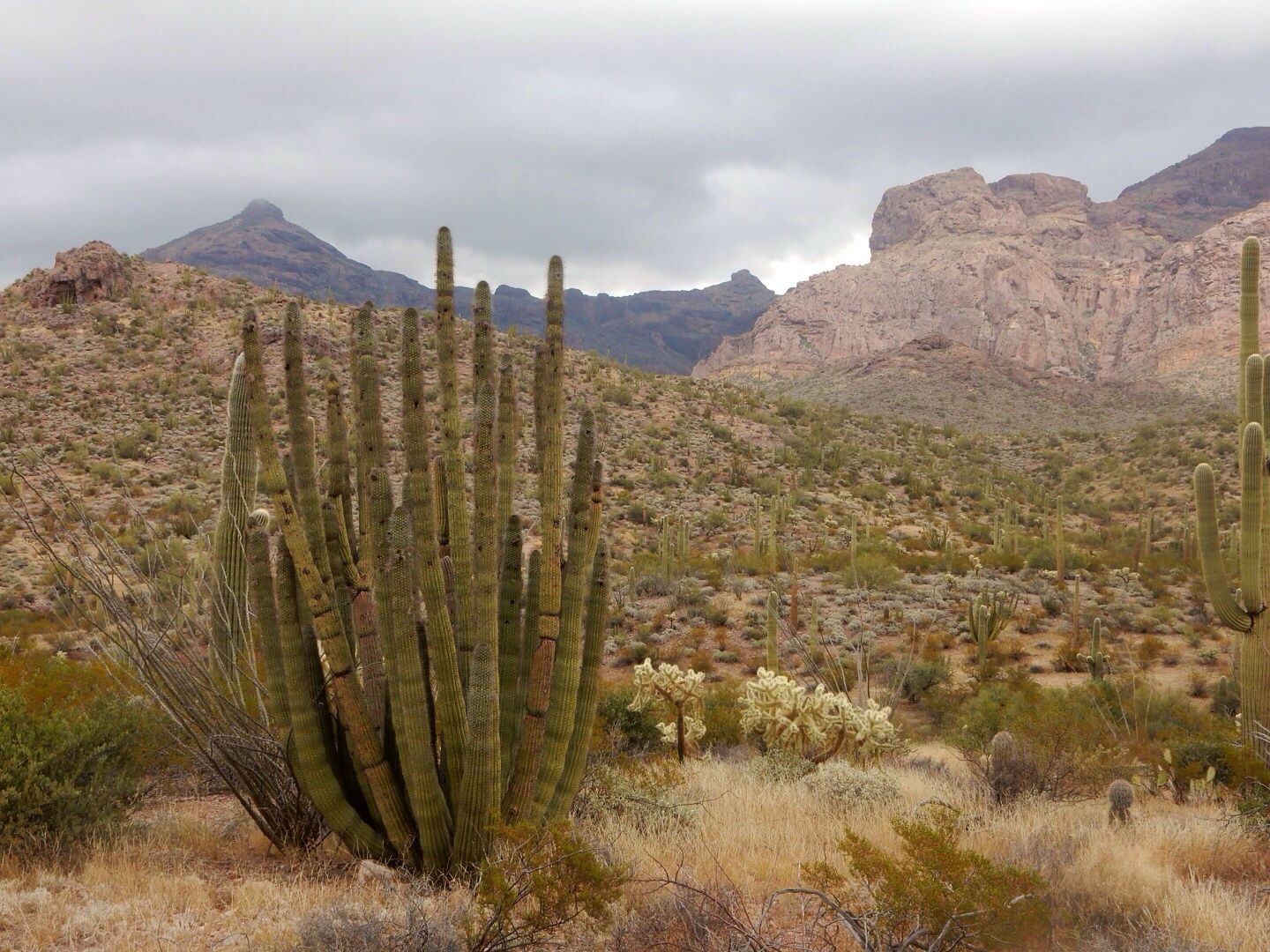

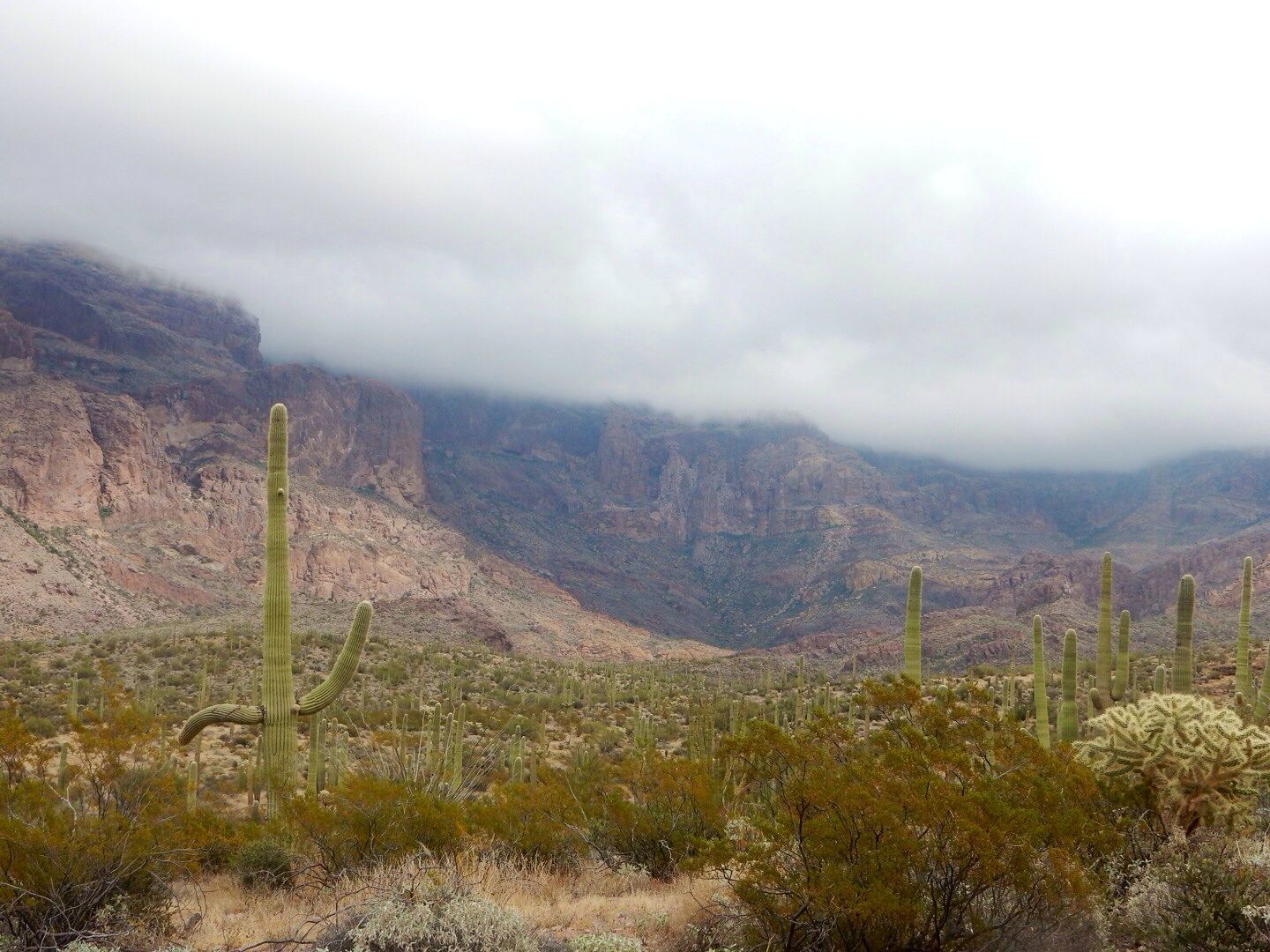
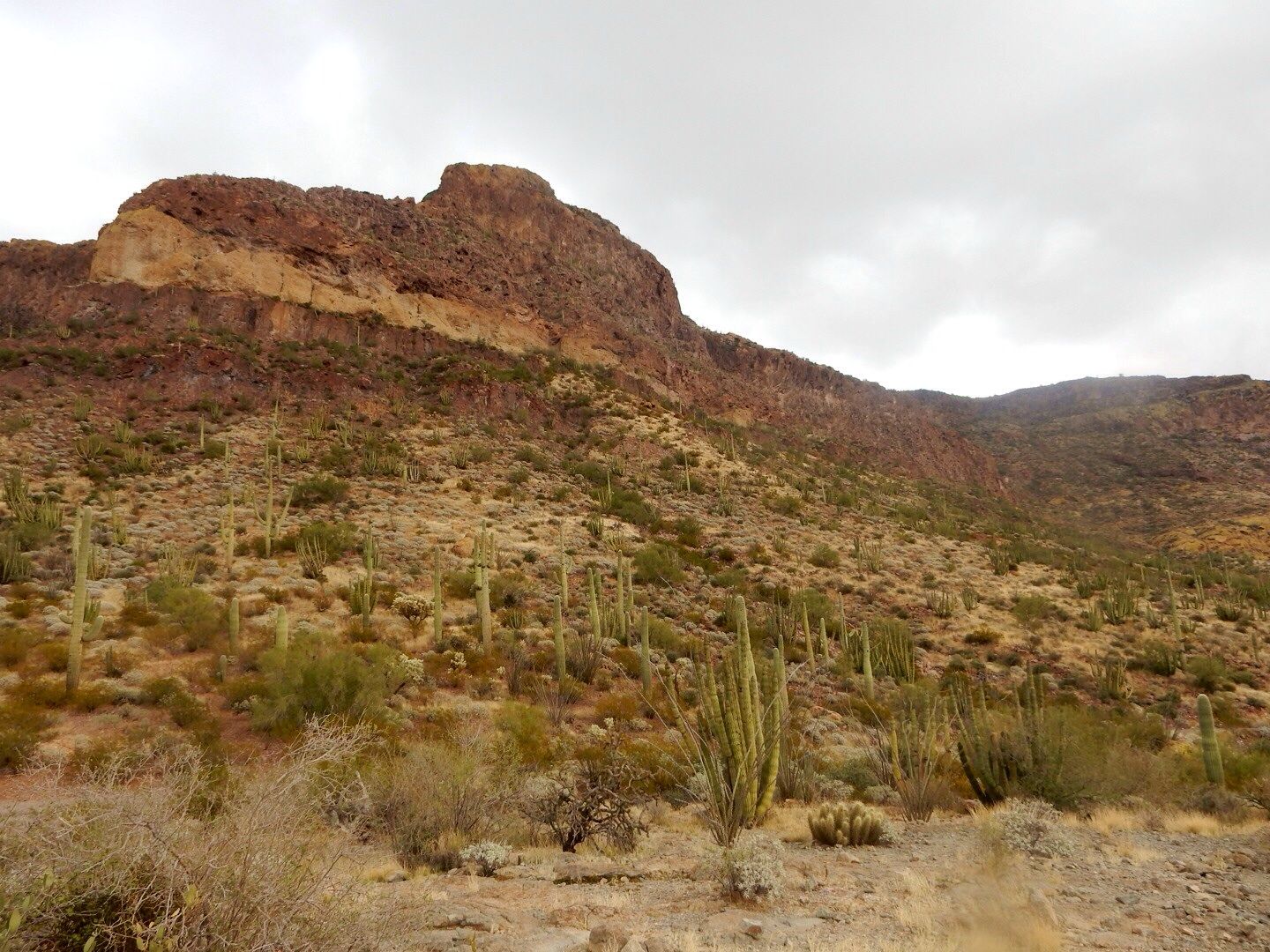


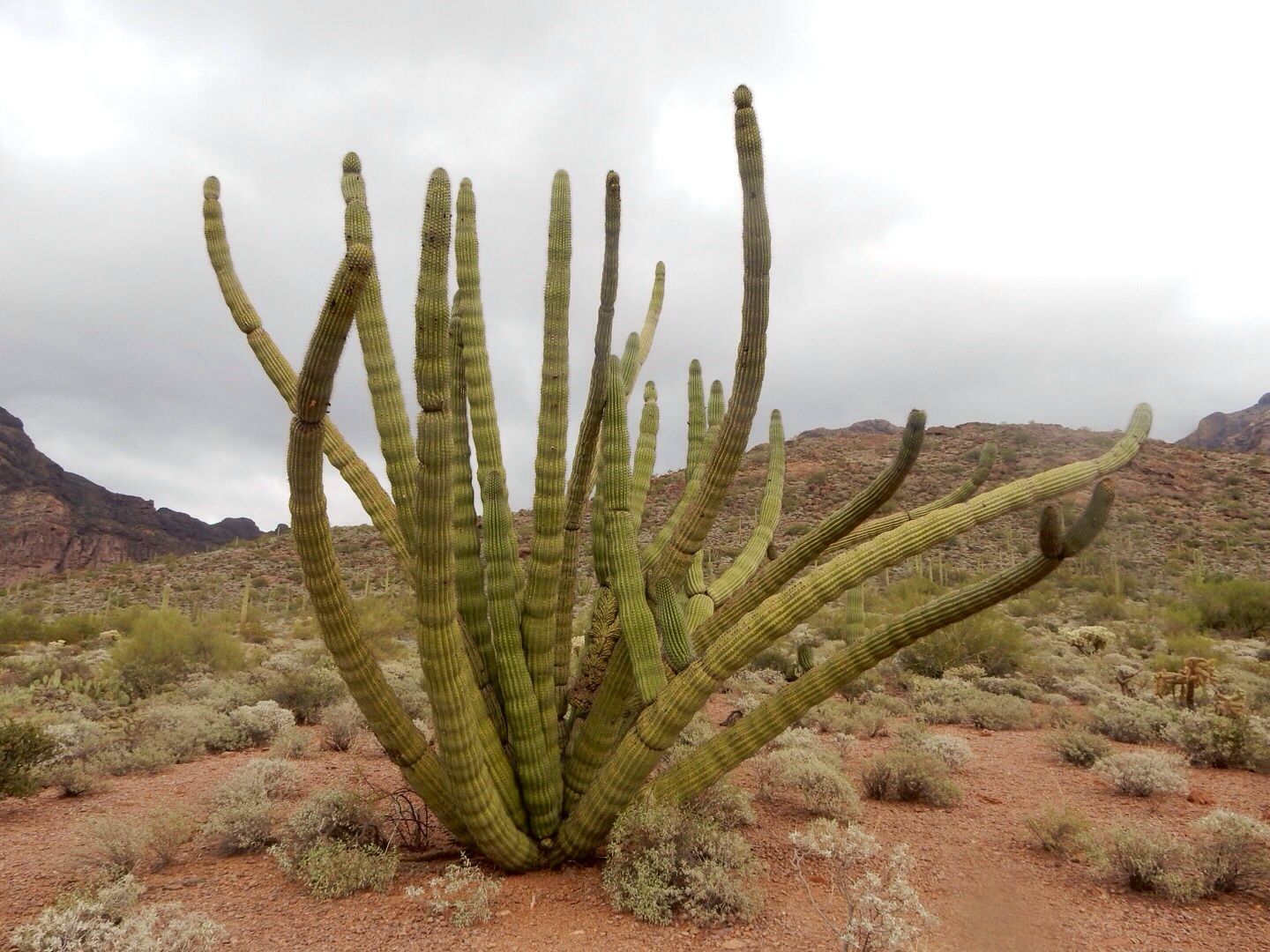
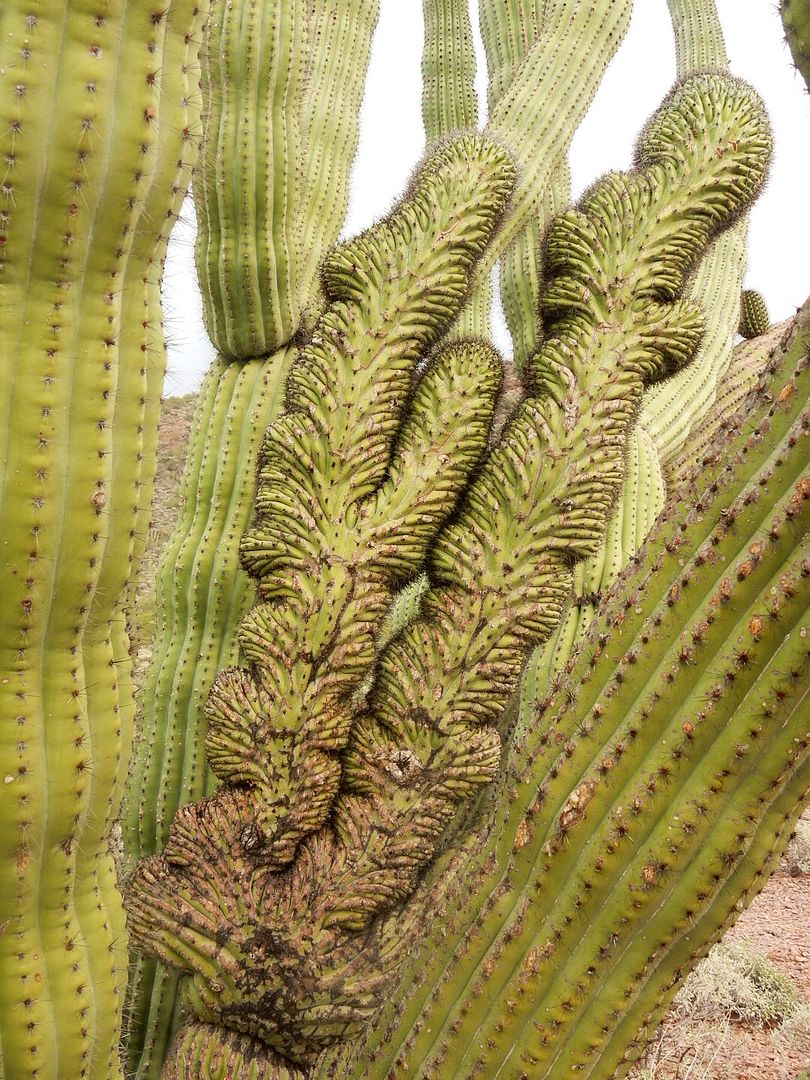
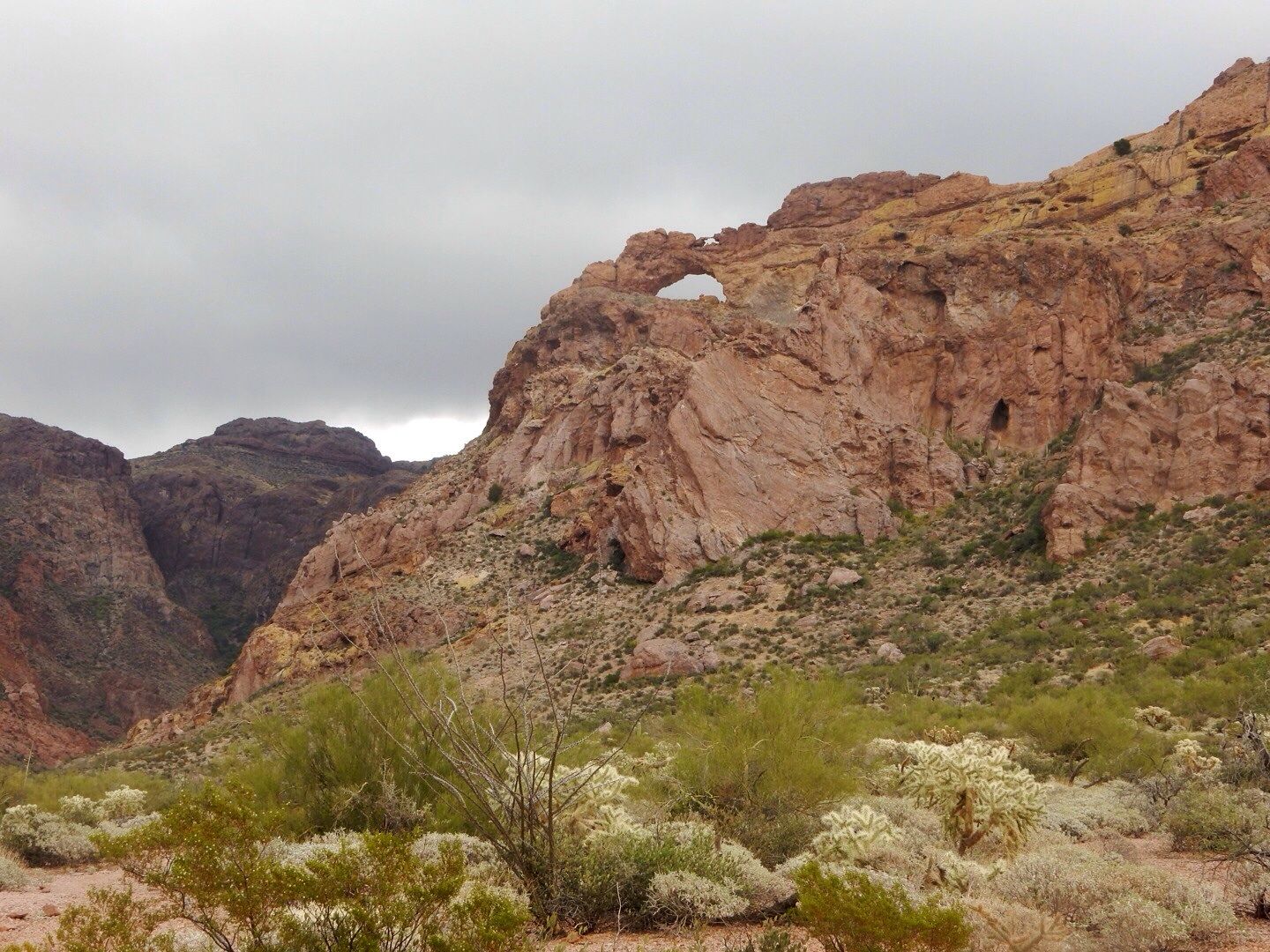
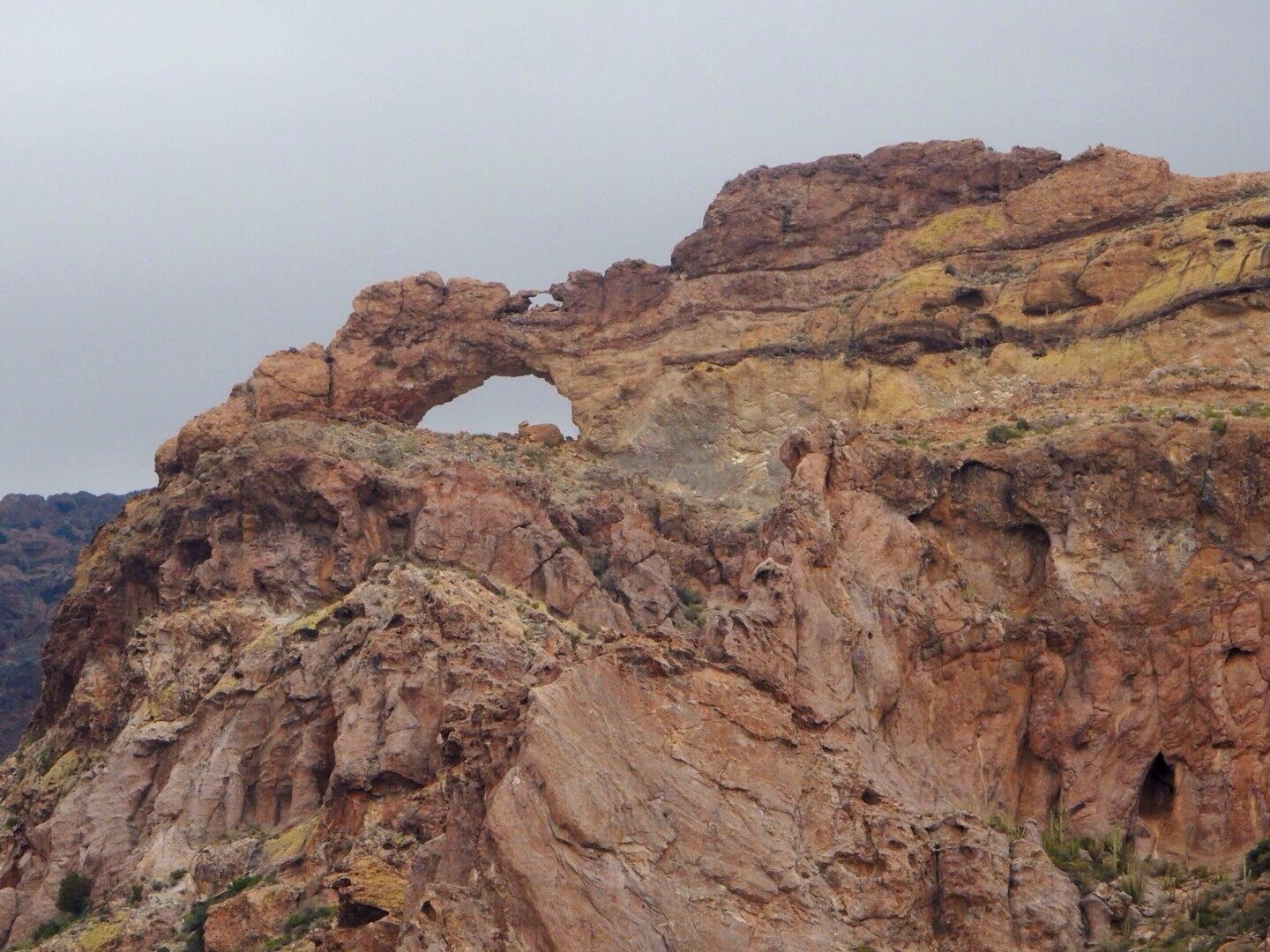

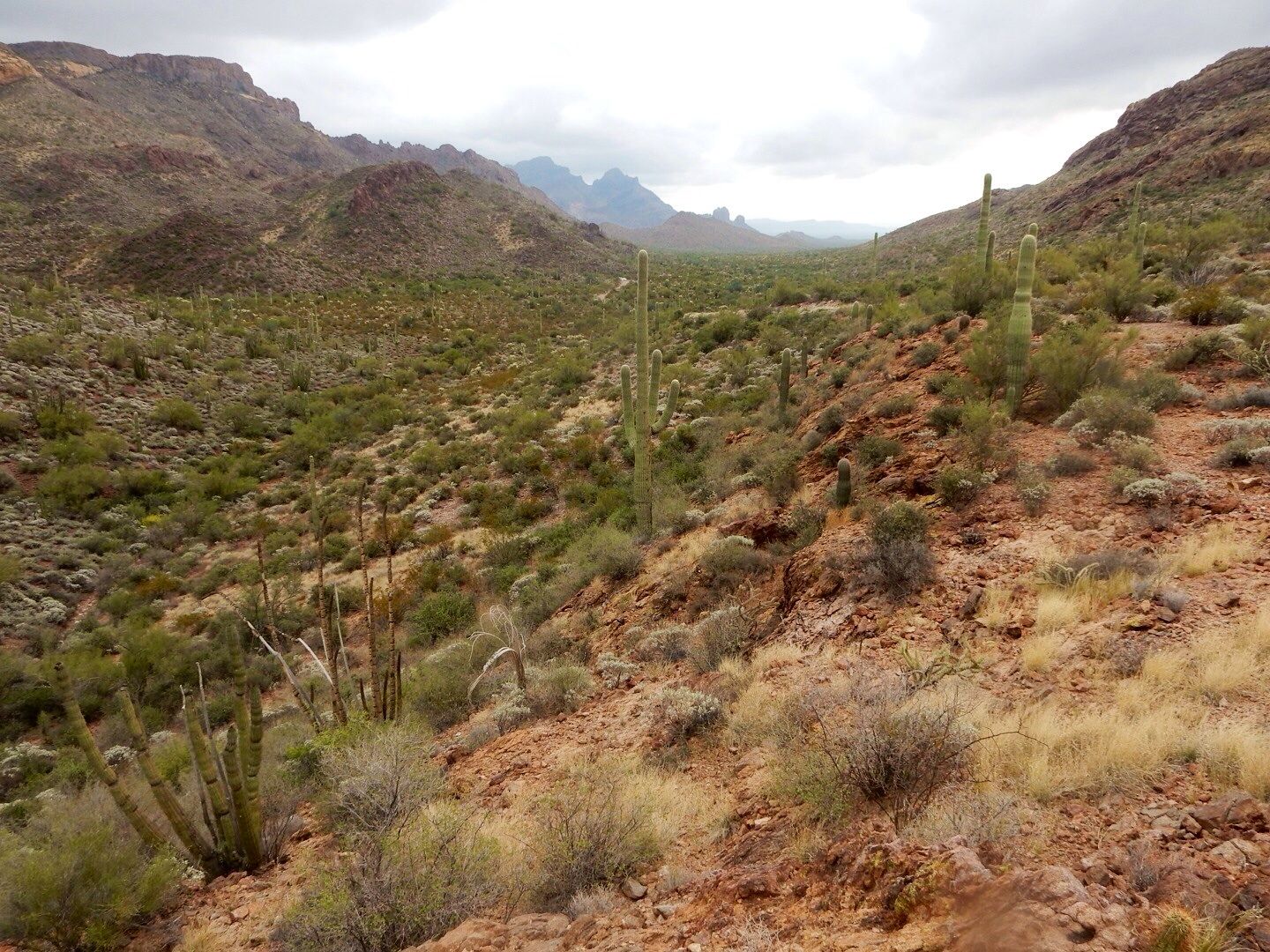

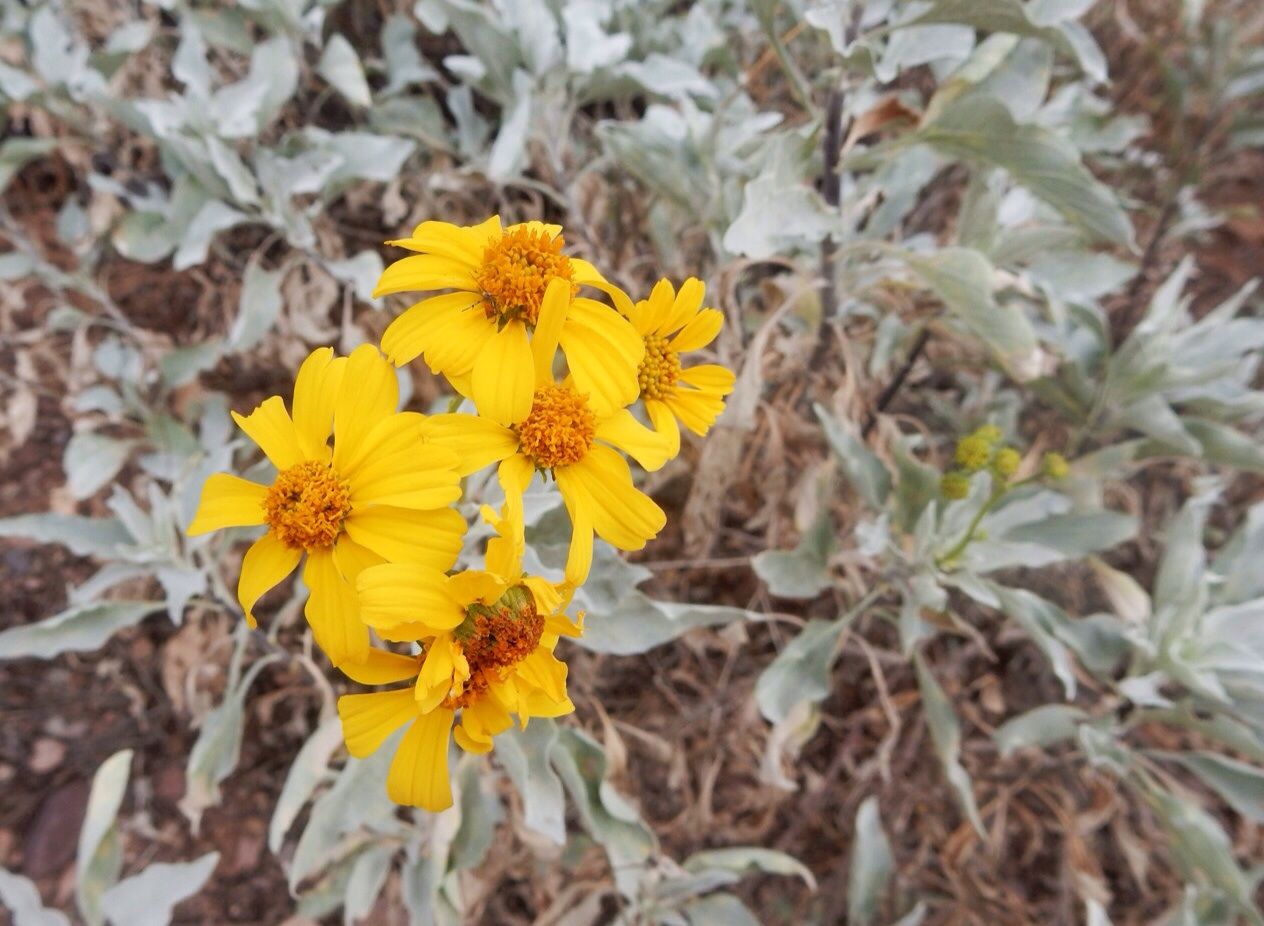






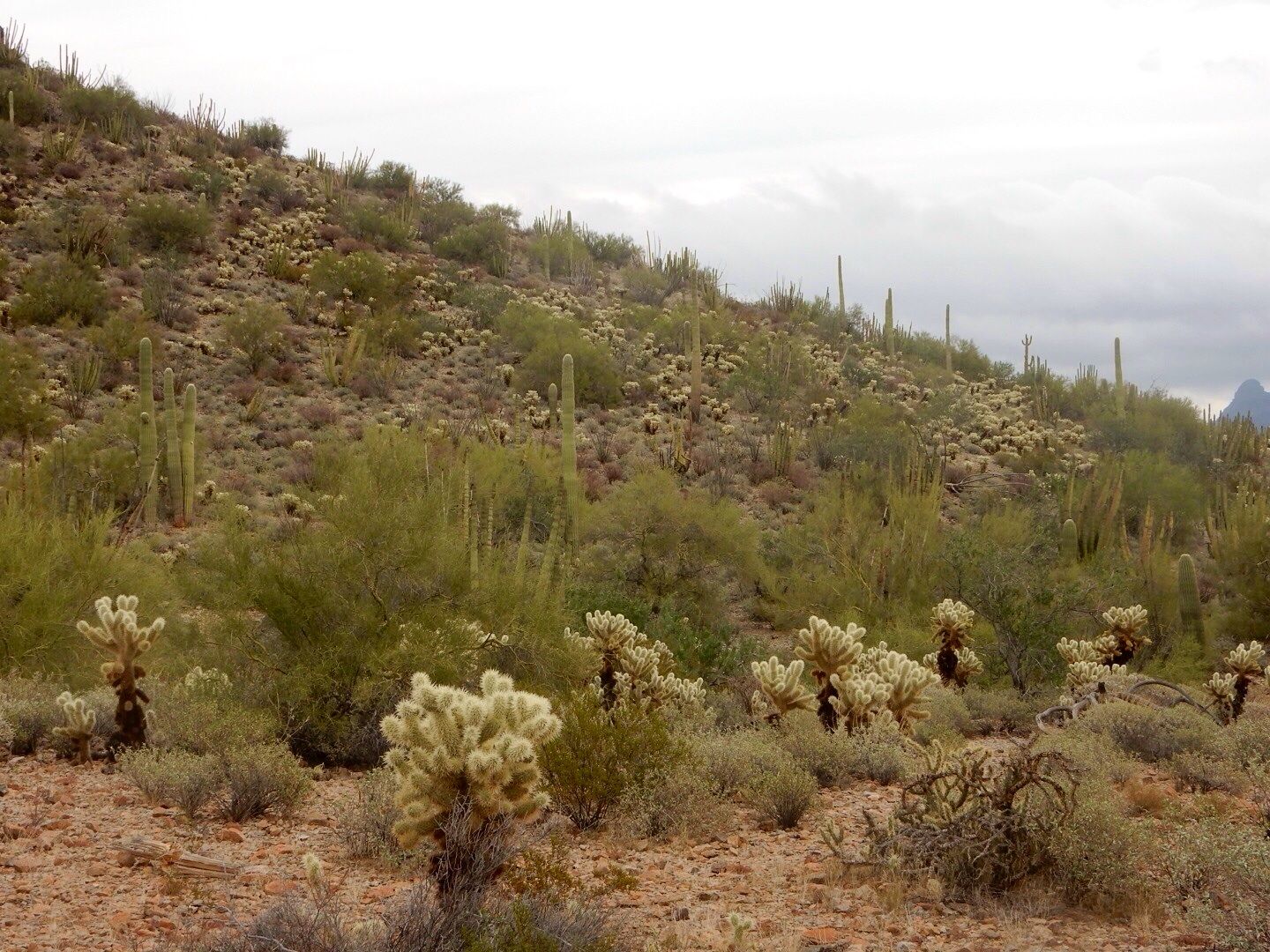
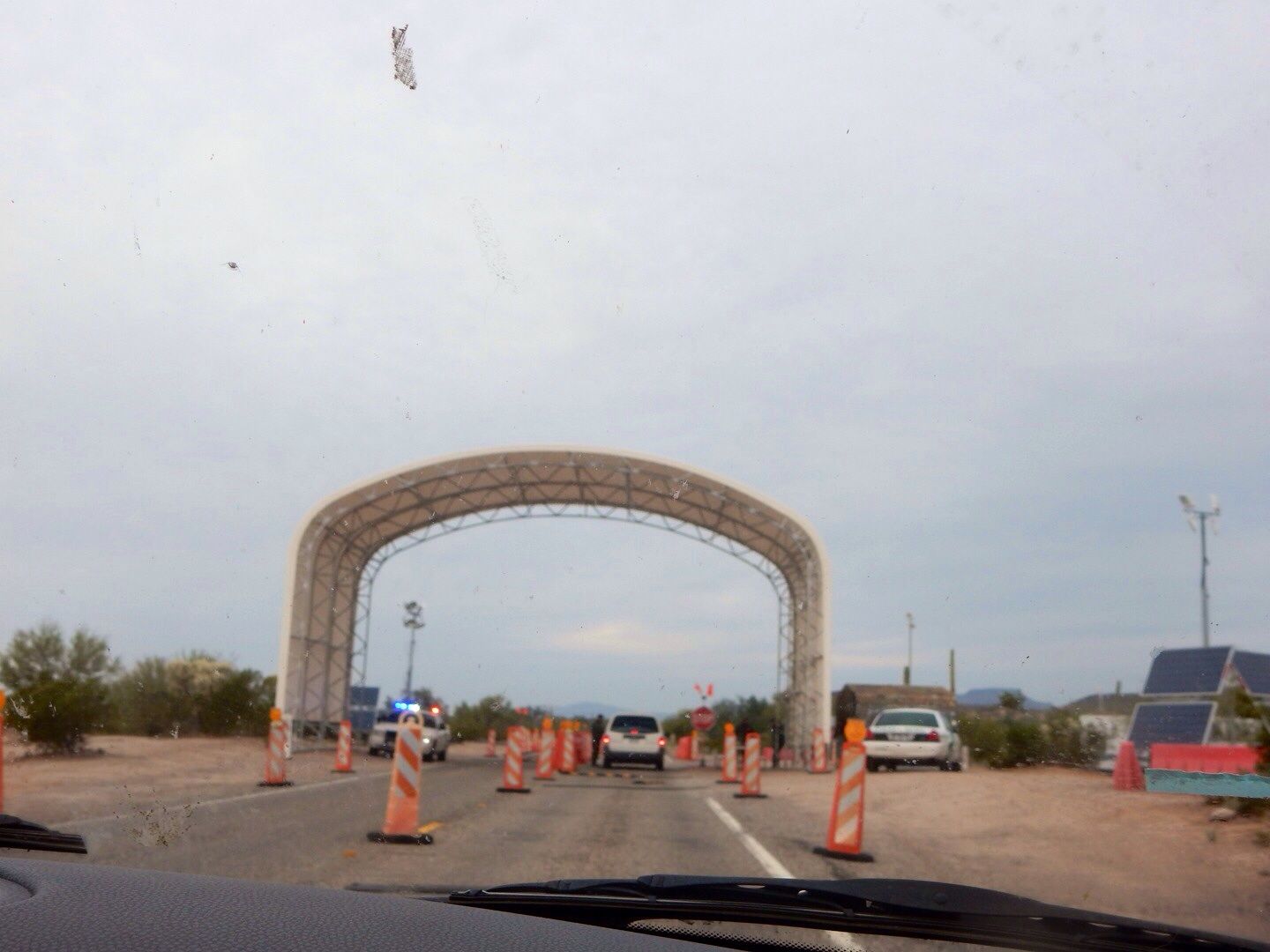
With as much time as we usually spend in Arizona, this place has eluded us. Thanks for the lovely tour. We'll be sure to add this to our 'must' list. Those chollas are the worst. Our doggy stepped into one.... it was as if he had acupuncture - poor guy.
ReplyDelete